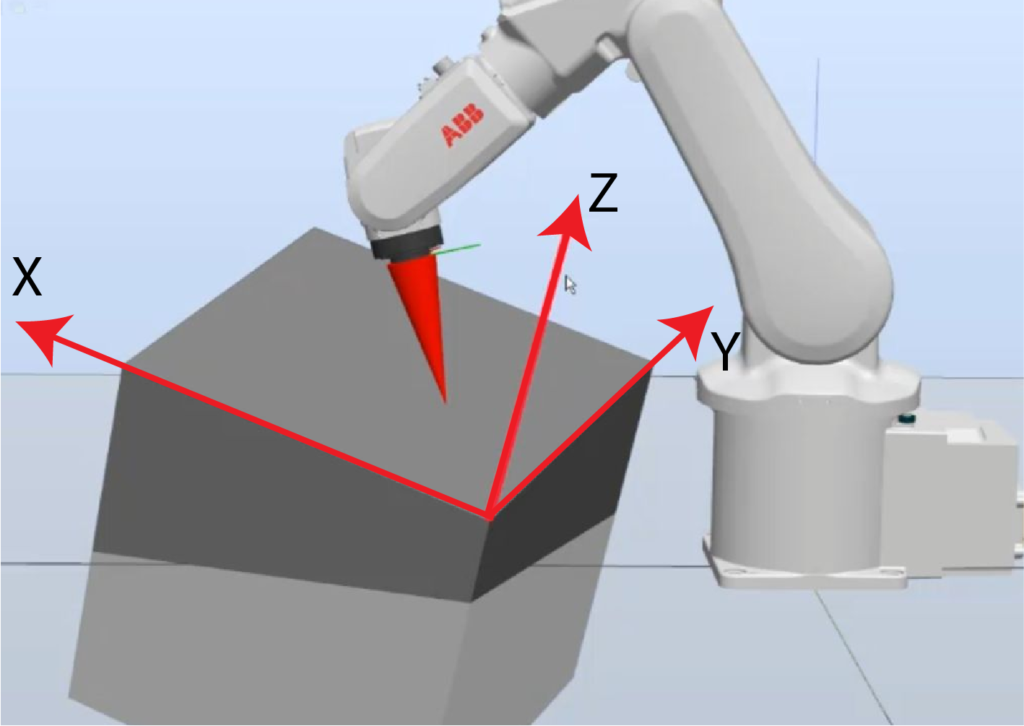
About Course

Course Content
Basics of the Linux command line
-
Create and edit folders and files; root and home folders
15:11 -
Cat and echo commands and redirect operators > and >>
11:41
Install ROS2 Operating System
Install Anaconda and Spyder
Basics of ROS2 Graph Structure (Nodes and Topics) and Learn To Write Publisher/Subscriber Nodes in Python
Basics of URDF File Format For Robot CAD Modeling and Simulation
Using Xacro Macro Language to Simplify and Parametrize URDF Models
Build URDF/Xacro Model of Differential Drive Robot and Display it in RViz
Gazebo Simulation and Control of Differential Drive Robot
Student Ratings & Reviews

No Review Yet